The New Era of AI in 2025: From Gemini 3 to Creative AIs
Learn about the best AI tools for 2025, including Nano...
We use cookies for our website to give you the most relevant experience by remembering your preferences. By clicking “accept”, you consent to use of ALL the cookies
This website uses cookies to improve your experience while you navigate through the website. Out of these, the cookies that are categorized as necessary are stored on your browser as they are essential for the working of basic functionalities of the website. We also use third-party cookies that help us analyze and understand how you use this website. These cookies will be stored in your browser only with your consent. You also have the option to opt-out of these cookies. But opting out of some of these cookies may affect your browsing experience.
Necessary cookies are absolutely essential for the website to function properly. These cookies ensure basic functionalities and security features of the website, anonymously.
| Cookie | Duration | Description |
|---|---|---|
| cookielawinfo-checkbox-functional | 11 months | This cookie is set by GDPR Cookie Consent plugin. The cookie is used to store the user consent for the cookies in the category “Analytics”. |
| cookielawinfo-checkbox-functional | 11 months | The cookie is set by GDPR cookie consent to record the user consent for the cookies in the category “Functional”. |
| cookielawinfo-checkbox-necessary | 11 months | This cookie is set by GDPR Cookie Consent plugin. The cookies is used to store the user consent for the cookies in the category “Necessary”. |
| cookielawinfo-checkbox-others | 11 months | This cookie is set by GDPR Cookie Consent plugin. The cookie is used to store the user consent for the cookies in the category “Other. |
| cookielawinfo-checkbox-performance | 11 months | This cookie is set by GDPR Cookie Consent plugin. The cookie is used to store the user consent for the cookies in the category “Performance”. |
| viewed_cookie_policy | 11 months | The cookie is set by the GDPR Cookie Consent plugin and is used to store whether or not user has consented to the use of cookies. It does not store any personal data. |
Functional cookies help to perform certain functionalities like sharing the content of the website on social media platforms, collect feedbacks, and other third-party features.
Performance cookies are used to understand and analyze the key performance indexes of the website which helps in delivering a better user experience for the visitors.
Analytical cookies are used to understand how visitors interact with the website. These cookies help provide information on metrics the number of visitors, bounce rate, traffic source, etc.
Advertisement cookies are used to provide visitors with relevant ads and marketing campaigns. These cookies track visitors across websites and collect information to provide customized ads.
Other uncategorized cookies are those that are being analyzed and have not been classified into a category as yet.
Cyberia Tech, Inc. respects your privacy. This Privacy Policy explains how we collect, use, and share your information. By using our services, you agree to this policy. If any other agreements conflict with this Privacy Policy, the terms of those agreements prevail.
Cyberia Tech complies with the EU-US and Swiss-US Privacy Shield Frameworks for handling personal data from the EEA, UK, and Switzerland. In case of any conflict, the Privacy Shield Principles prevail. Learn more at Privacy Shield. Key Definitions
Information linked to an individual, transferred from the EEA, UK, or Switzerland to the U.S.
Data revealing race, religion, health, sexual orientation, and similar categories.
Effective Date: [ 2025 / 12 / 12 ]
Welcome to The Cyberia Tech ! By accessing or using our website or services, you agree to
comply with and be bound by these Terms of Use and our Privacy Policy. If you do not agree with
these terms, please do not use our Services.
Loading
0 %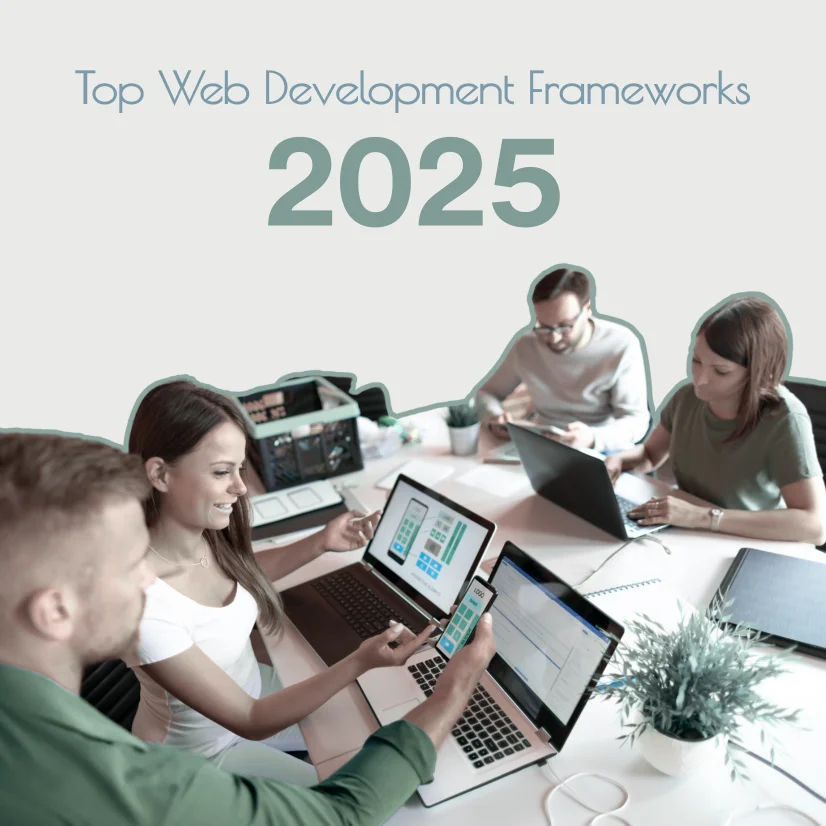

Web development moves fast, and it’s only getting faster. New technologies are constantly developing, user expectations are climbing, and the pressure to build apps that are fast, secure, and scalable is higher than ever. In this environment, choosing the right framework isn’t just a technical decision; it’s a make-or-break moment. The framework you pick shapes how quickly you can develop, how smoothly your app runs, and how manageable it’ll be as your product grows. In short, it sets the foundation for everything that follows.
In this article, we’re diving into the Best Web Development Frameworks 2025 has to offer. Whether you’re building a large-scale platform or launching an MVP for your next startup, the frameworks you choose will shape everything; from how efficiently you work to how well your product scales. We’ll cover the top contenders for both frontend and backend development, breaking down their performance, ease of use, community support, and real-world applications. so you can choose a tech stack that’s not just smart for today, but future-ready.

Before talking about our list of the Best Web Development Frameworks 2025, it’s important to understand what a web framework actually is and why it should matter to you. .
A web development framework is basically a ready-to-go toolkit that helps developers build web apps faster and more efficiently. Instead of starting from scratch, frameworks give you a solid foundation with reusable code, best practices, and built-in features that handle everyday tasks like routing, accessing databases, managing sessions, and more. It’s like having a helpful guide that speeds up the whole process.
There are two main categories of web development frameworks:
In 2025, the best frameworks are those that not only simplify development but also keep up with trends like real-time interactivity, performance optimization, and seamless integration with AI and cloud services. That’s why choosing from the Best Web Development Frameworks 2025 means choosing a tool that aligns with both your current needs and the future of tech.

Not all frameworks are created equal. When deciding which tools truly deserve a spot on the list of the Best Web Development Frameworks 2025, it’s important to look beyond popularity and focus on what actually matters to developers, teams, and end-users.
Here are the key criteria we’ve used to compare and evaluate each framework:
Speed is everything. In 2025, users expect websites and web apps to load instantly and respond without delay. The best frameworks offer lightweight architecture, optimized rendering, and efficient data handling to meet these expectations.
Whether you’re building a small blog or a large-scale SaaS platform, scalability is critical. The Best Web Development Frameworks 2025 should support growth without forcing a complete rewrite of your codebase.
A great framework empowers developers, not overwhelms them. We’ve considered how beginner-friendly each framework is, how intuitive its structure feels, and how much documentation or learning material is available.
Strong communities mean quicker answers, more plugins, frequent updates, and long-term stability. In 2025, frameworks with thriving ecosystems continue to lead the way.
Cybersecurity remains a top concern in modern web development. The best frameworks come equipped with built-in security practices and encourage developers to follow safe coding principles.
Not every framework fits every project. Some shine in real-time applications, others are better for content-heavy websites, while some are tailored for mobile-first or enterprise-level apps. The Best Web Development Frameworks 2025 should offer flexibility for various needs.

When it comes to building engaging, fast, and up-to-date user interfaces, frontend frameworks play a vital role. As part of our exploration of the Best Web Development Frameworks 2025, we’re starting with the tools developers use to shape the look, feel, and behavior of today’s web apps. Here are the leading frontend frameworks that continue to define the digital experience in 2025.
Still a major player in 2025, React remains one of the Best Web Development Frameworks 2025 for frontend development. Maintained by Meta and backed by a massive community, React has proven its strength in building scalable and dynamic user interfaces.
Why React Stands Out in 2025:
React is ideal for both startups and enterprise-level projects, offering flexibility and long-term reliability.
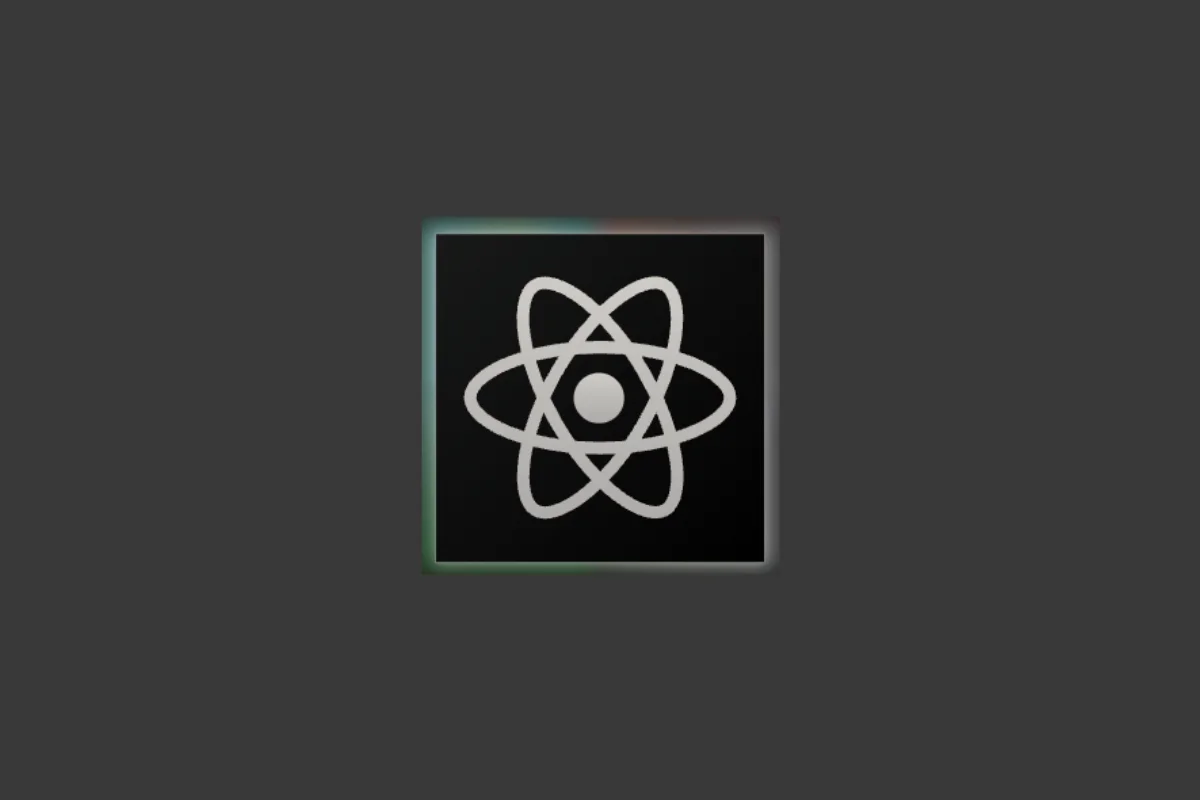
Vue.js continues to shine with its elegant syntax, simplicity, and strong documentation. In the 2025 lineup of the Best Web Development Frameworks, Vue holds its own thanks to its developer-friendly approach and growing adoption worldwide.
Why Vue is Still a Top Choice:
Vue is a great pick for small to medium-sized projects or teams that want a smooth learning curve without compromising power.

Angular may not be as trendy as React or Vue, but in the enterprise world, it’s still a heavyweight; and it earns its place among the Best Web Development Frameworks 2025. Developed and maintained by Google, Angular brings everything in one box, from routing and state management to testing.
Why Angular Is Still Relevant:
Angular is especially strong for enterprise-level applications and teams looking for an all-in-one solution.
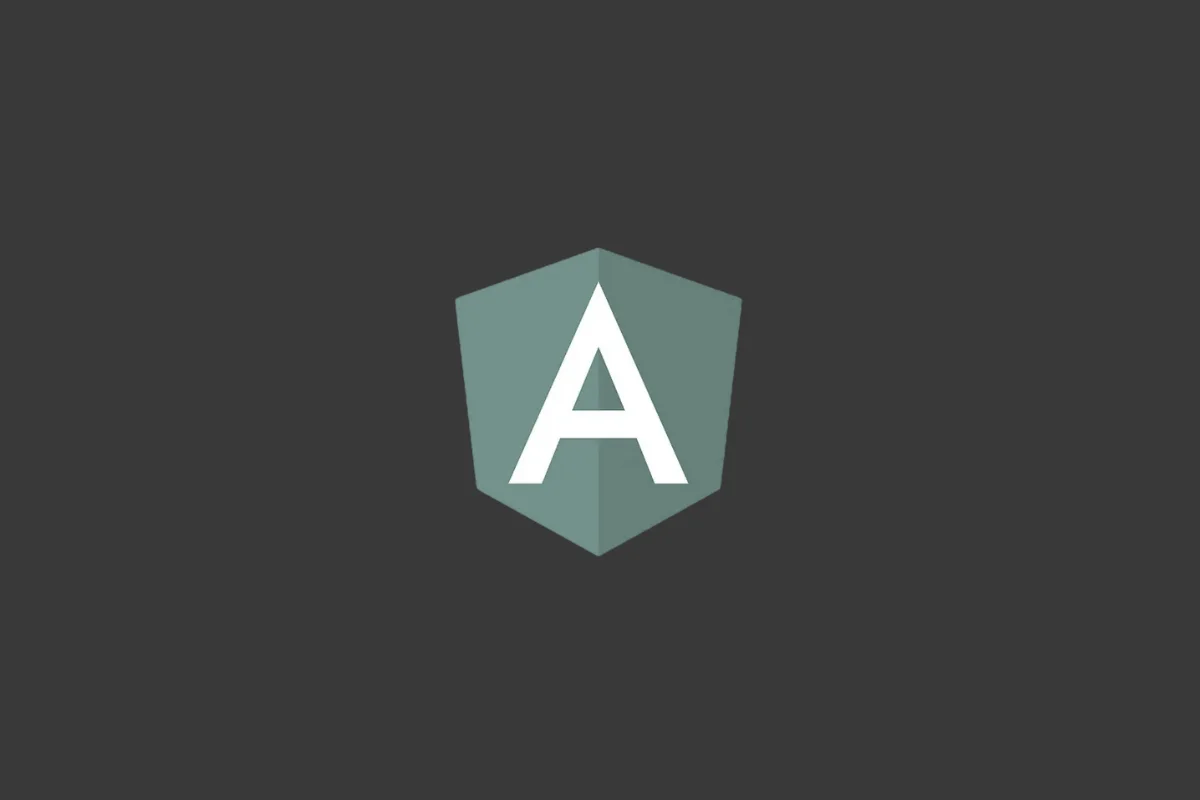
4.Svelte
Svelte has been quietly gaining momentum—and in 2025, it’s no longer “up-and-coming” but a solid member of the Best Web Development Frameworks 2025 club. What sets Svelte apart is that it compiles your code into highly efficient, vanilla JavaScript at build time.
Why Svelte Is Turning Heads:
Svelte is a great option for developers who want performance without boilerplate.


Backend frameworks are the engines that power web applications, handling everything from server logic to database management. As we continue our exploration of the Best Web Development Frameworks 2025, let’s take a look at the top backend frameworks that are essential for building robust, secure, and scalable web applications.
Node.js has firmly established itself as a top choice for backend development, and in 2025, it remains one of the Best Web Development Frameworks for JavaScript developers. With its non-blocking, event-driven architecture, Node.js allows developers to build fast, scalable network applications.
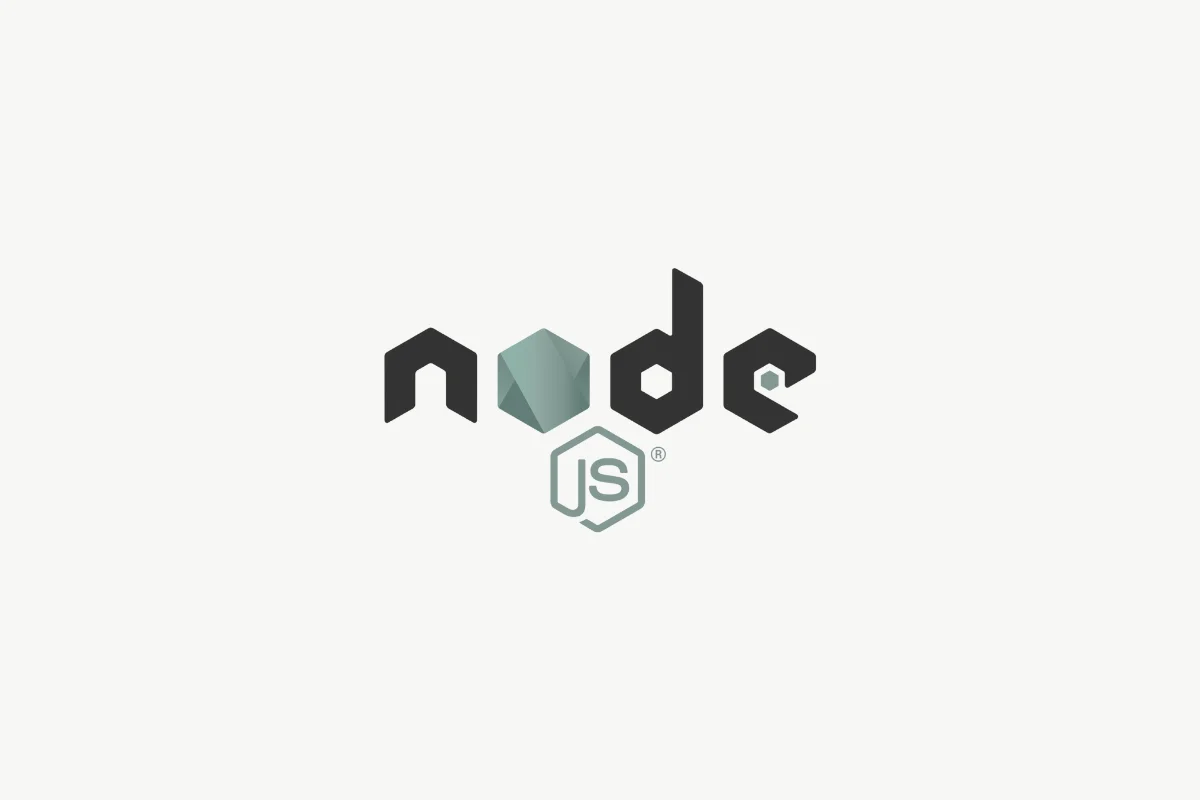
Why Node.js Stays on Top in 2025:
Node.js is ideal for startups and web apps that require high scalability and speed, especially when real-time performance is essential.
Django has long been known for its “batteries-included” philosophy, offering developers a wide range of built-in tools and features. In 2025, Django remains one of the Best Web Development Frameworks for Python developers, with a focus on simplicity and security.
Why Django is Still a Favorite in 2025:
For web developers working with Python, Django remains a solid choice for fast and secure backend development.
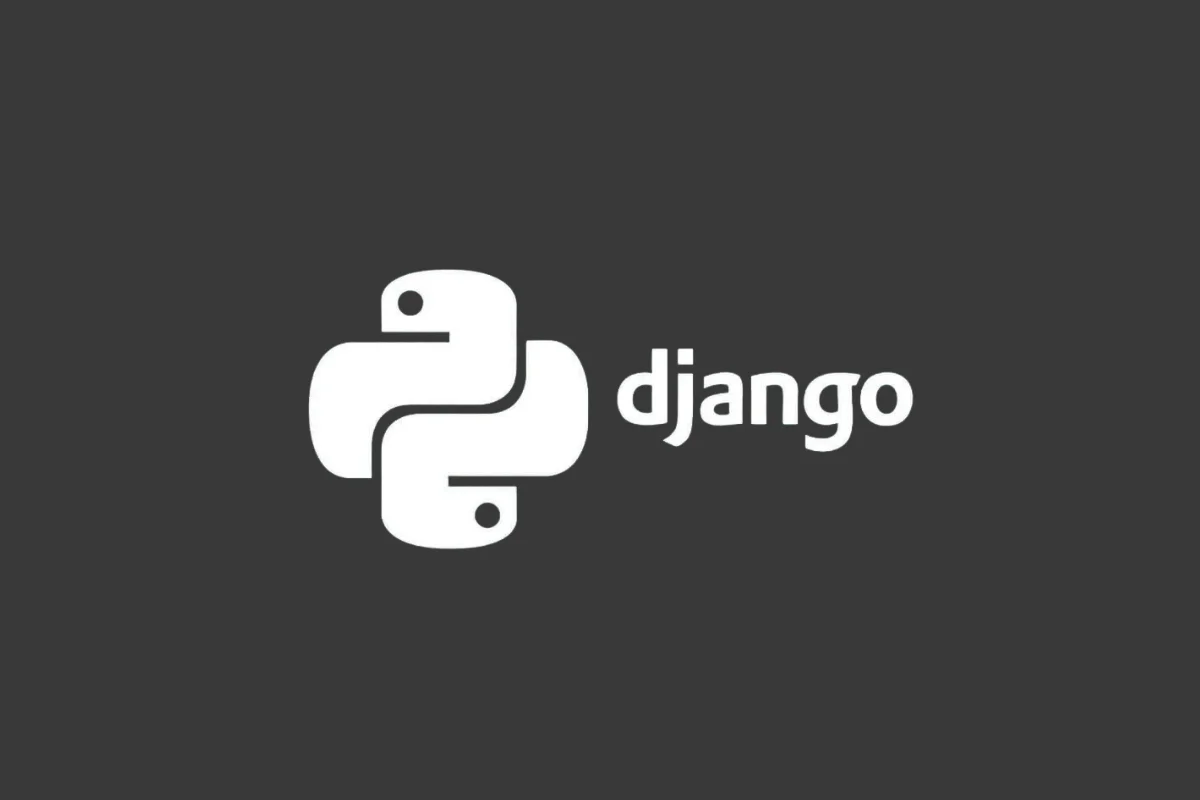
Laravel continues to be a leader in PHP development, and in 2025, it’s still among the Best Web Development Frameworks for building elegant and scalable backend systems. With its expressive syntax and wide array of tools, Laravel simplifies complex tasks like authentication, routing, and caching.
Why Laravel Remains a Top Pick in 2025:
Laravel is perfect for developers who want a well-documented, maintainable backend framework that speeds up development without sacrificing flexibility.

Although not as trendy as it once was, Ruby on Rails remains one of the Best Web Development Frameworks 2025 for rapidly building web applications. Its convention-over-configuration approach makes it ideal for startups and teams that want to launch quickly with minimal friction.
Why Ruby on Rails Continues to Be Relevant in 2025:
Ruby on Rails is still a go-to for developers looking to build a web app quickly and efficiently.
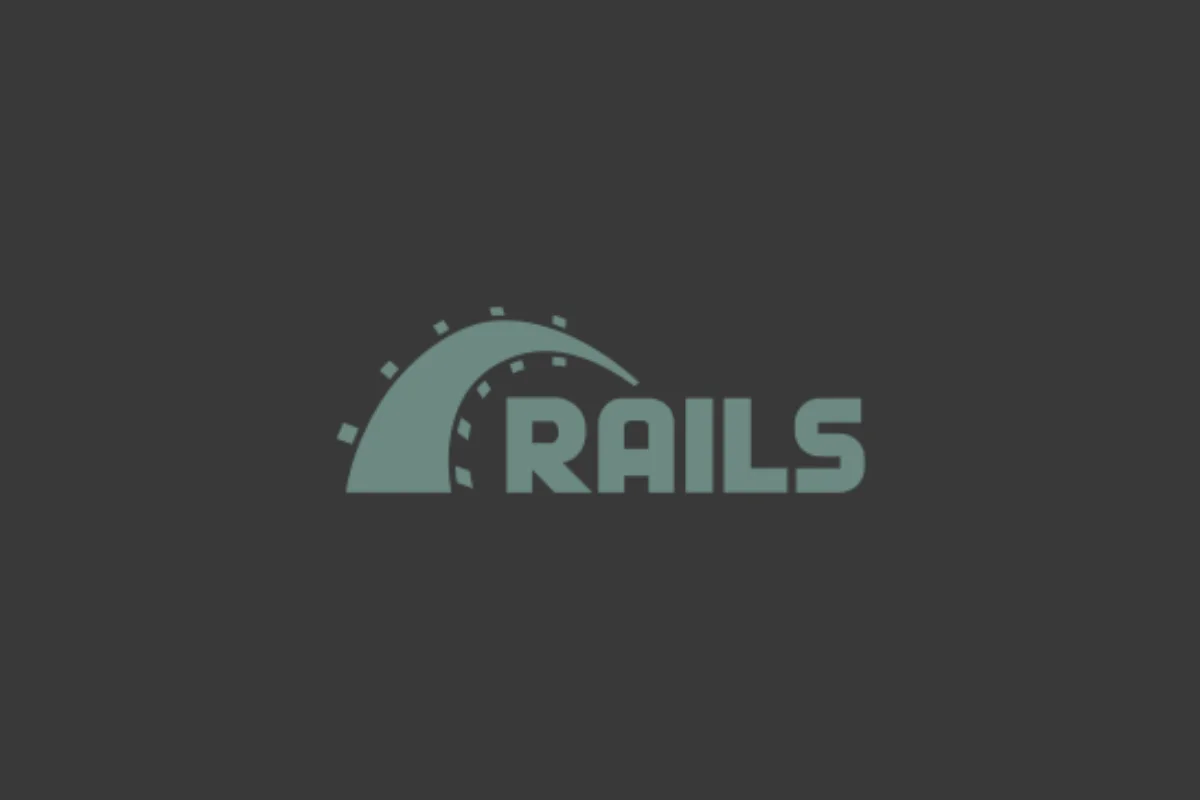
FastAPI is a newer framework, but its rise has been swift. It’s now one of the Best Web Development Frameworks 2025 for building high-performance APIs with Python. It leverages Python’s type hints for automatic validation and documentation generation, making it easy for developers to build fast, reliable, and maintainable APIs.
Why FastAPI Is Gaining Traction in 2025:
FastAPI is an excellent choice for developers who need to build high-performance, scalable APIs in Python.
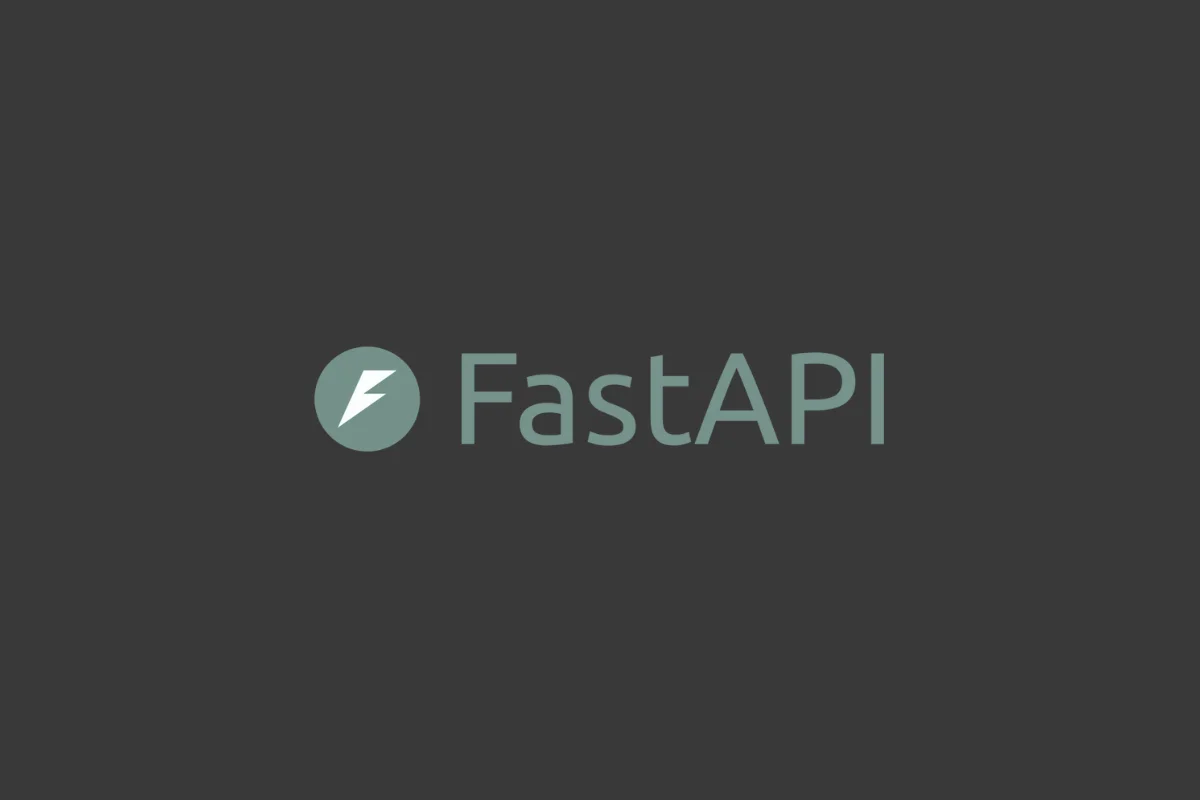
With these backend frameworks, developers have a wide range of choices depending on their project needs and preferred programming languages. But as with frontend frameworks, the Best Web Development Frameworks 2025 are those that provide a balance between speed, scalability, and maintainability.
Choosing the right framework can feel overwhelming given the variety of options available. To help you make a well-informed decision, here’s a comparison of some of the Best Web Development Frameworks 2025, highlighting their key features, strengths, and ideal use cases.
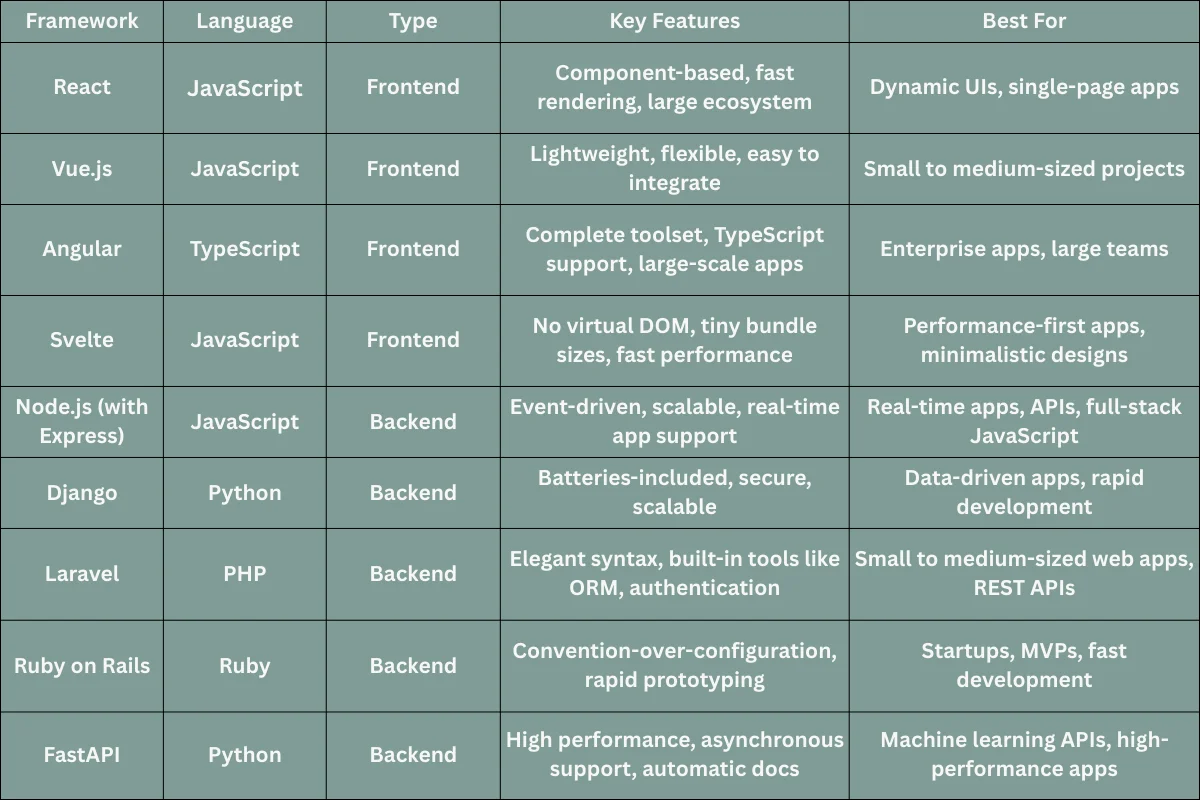
Now that you’re familiar with the Best Web Development Frameworks 2025, the next step is mapping out your budget and development plan. Not sure what to expect? Check out our guide on how much it costs to develop a mobile app for a clearer picture.
As we’ve explored, the Best Web Development Frameworks 2025 offer a diverse range of solutions to meet the needs of modern web developers. Whether you’re building a high-performance backend with FastAPI, a dynamic frontend with React, or a full-stack solution using Node.js, each framework provides unique benefits and trade-offs.
When making your choice, consider factors like your project’s scale, language preference, and development speed. The best framework is the one that aligns with your goals, the skills of your team, and the specific needs of your application.
By keeping an eye on future trends and embracing the Best Web Development Frameworks 2025, you’ll be well-positioned to create cutting-edge, high-performance web apps that stand the test of time.
You Can Get More Information!
